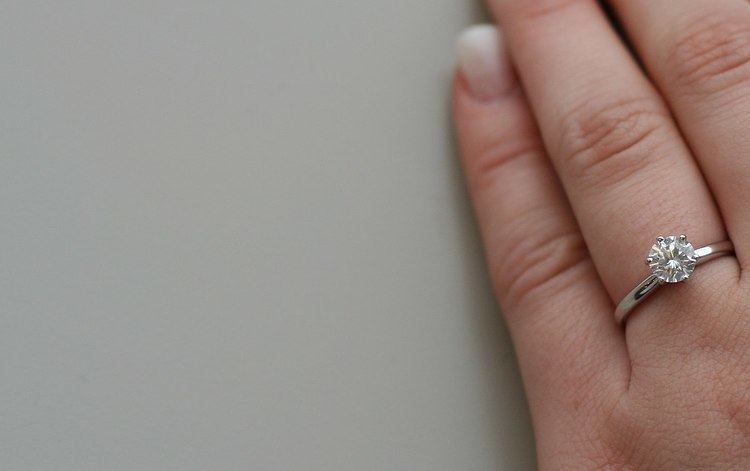 | ||
Fidgeting is the act of moving about restlessly. Fidgeting may be a result of nervousness, agitation, boredom or a combination of these. It may be a result of genes and is often an unconscious act. Fidgeting may involve playing with one's fingers, hair, or items of clothing. A common act of fidgeting is to bounce one's leg repeatedly. Rings are another common focus of fidgeting; variations include ring spinning, twirling or rolling along a table. Parents often consider fidgeting to be a bad habit, especially in schoolchildren.
Research by Dr. Karen Pine and colleagues at the University of Hertfordshire funded by the Economic and Social Research Council found that children that were allowed to fidget with their hands performed better in memory and learning tests.
Fidgeting is considered a nervous habit, though it does have some underlying benefits. People who fidget regularly tend to weigh less than people who do not fidget because they burn more calories than those who remain still. It has been reported that fidgeting burns around an extra 350 calories a day.
Fidgeting can also be a medical sign, as seen in hyperthyroidism. Hyperthyroid patients may be restless, become agitated easily, display fine tremors, and have trouble concentrating.
There are many devices that help aid fidgeting, which include fidget cubes, spinners, and pens. These tools have a variety of buttons and switches that the user can play with. This is specifically meant to help students with Autism or all types of ADHD, but has been shown to help all students. By playing with the toy, the user can pay more attention to what is being taught.
